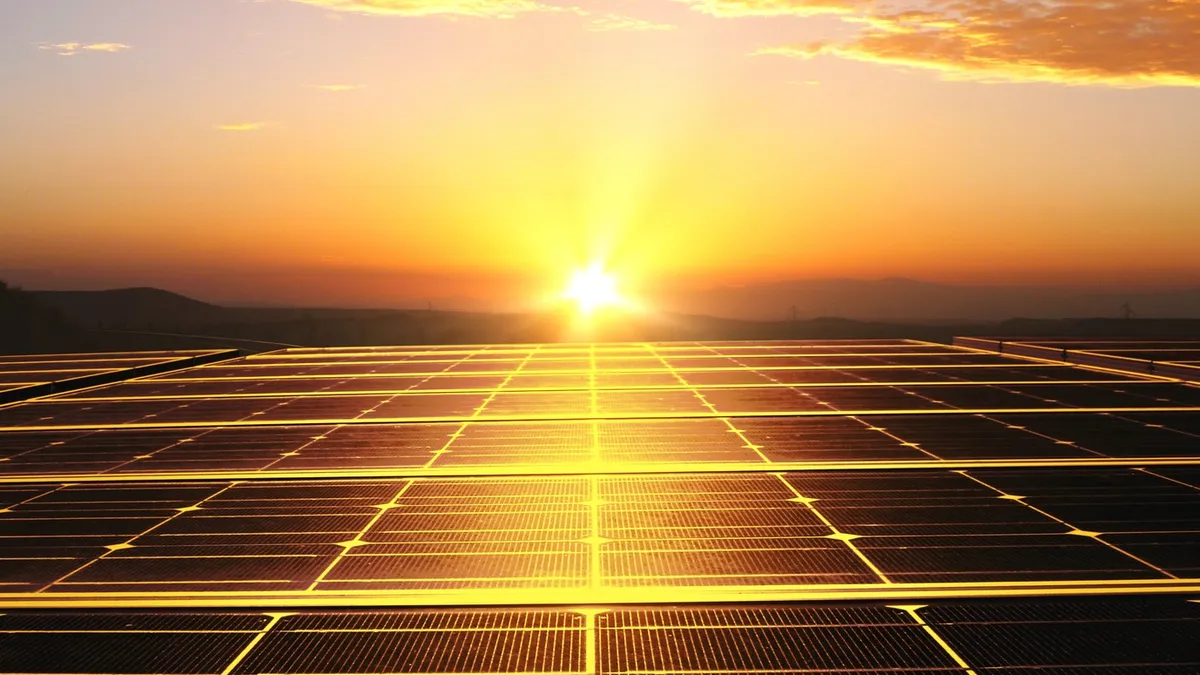Dive Brief:
- The falling cost of clean energy technology, combined with marked slowdowns in China and Japan, underpinned an 18% global slowdown in spending last year, according to new data from Bloomberg New Energy Finance.
- In the United States the decline was less pronounced. BNEF said clean energy investment fell 7% to $58.6 billion, due in part to a slowdown following the extension of federal tax credits.
- The bright spot was a record $30 billion global investment in offshore wind, a 40% jump over 2015 spending levels.
Dive Insight:
The global investment slowdown was not unexpected, BNEF said, signaled in advance by a series of quarterly reports. And while the decline is a disappointment to climate hawks, it is at least in part fueled by more efficient technology and cheaper resources.
Importantly, the firm noted that while overall investment fell last year the amount of total capacity installed did not. BNEF said a record 70 GW of solar were added last year, up from 56 GW in 2015, plus 56.5 GW of wind. New wind capacity fell slightly from last years 63 GW, but still represented the second-highest figure ever.
The most significant declines came from China and Japan.
BNEF said carbon-free investments in China in 2016 reached almost $90 billion, but was still down 26% on the all-time high of $119 billion in 2015. In Japan, investment was down more than 40%, to about $23 billion.
"China is facing slowing power demand and growing wind and solar curtailment. The government is now focused on investing in grids and reforming the power market so that the renewables in place can generate to their full potential," said BNEF Asia chief Justin Wu.
In Japan, Wu predicted future growth will come not from utility-scale projects "but from rooftop solar systems installed by consumers attracted by the increasingly favorable economics of self-consumption.”
While investment declined last year, interest did not. BNEF said venture capital and private equity investment in clean energy firms rose 19%—the largest funding rounds came from two Chinese electric vehicle businesses; the third-largest was United States-based solar developer Sunnova's $300 million haul.
Offshore wind, an area where the United States has lagged, was the strongest sector for global clean energy investment, BNEF said. Capital spending commitments reached almost $30 billion, up 40% compared with 2015.
The first commercial offshore wind farm in the United States began operating in December, off Rhode Island. The five-turbine, 30 MW facility aims to replace Block Island's diesel generators, with excess generation sent to the mainland via an undersea cable.
The U.S. Bureau of Ocean Energy Management has granted 11 commercial offshore leases for development, tapping a dozen sites off the Atlantic coast as prime wind farm spots. Wind developers also proposed floating wind farms off the California and Hawaiian coasts.















